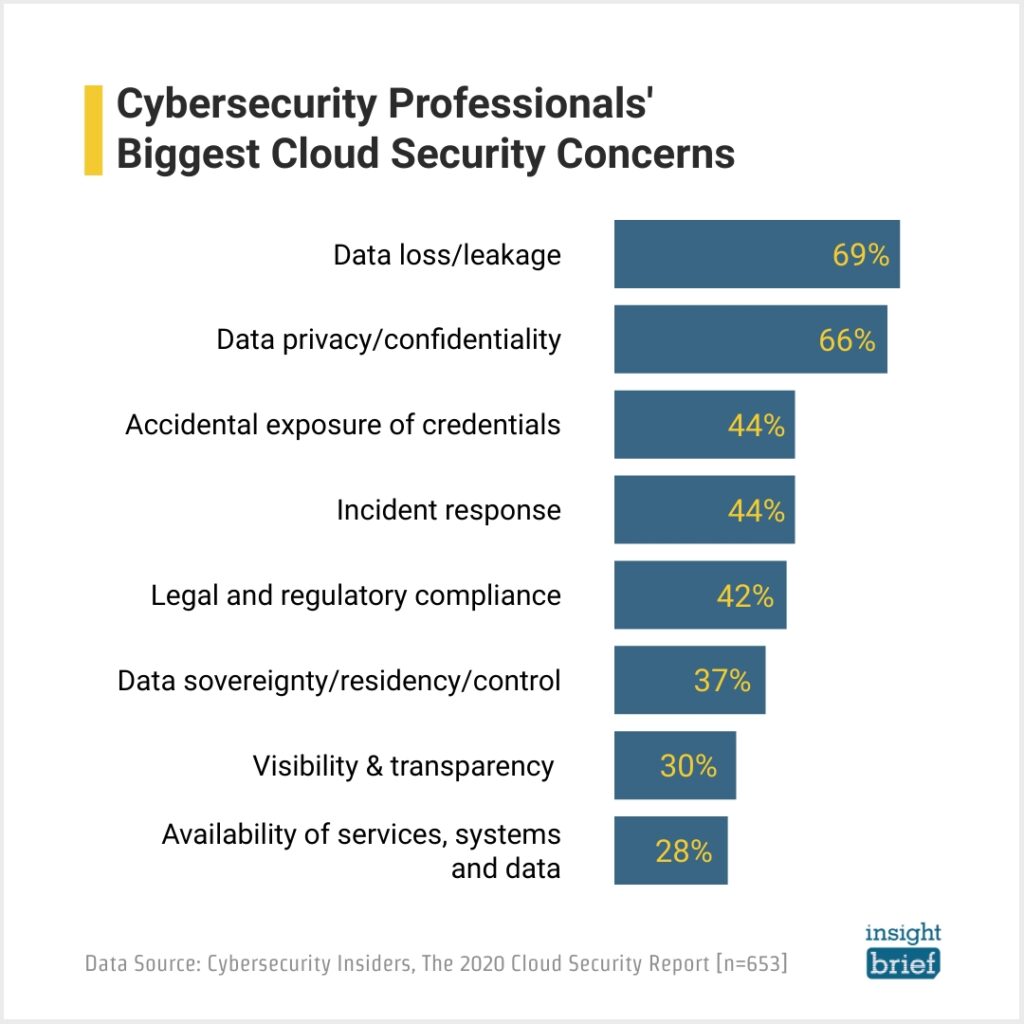
Between the global pandemic and the resulting economic upheaval, it’s fair to say many businesses spent 2020 in survival mode. Now, as we turn the page to 2021, we wonder what life will look like in this new normalcy. Whether it is employees working from home, the shift from brick and mortar to online sales and delivery, or the need to accelerate digital transformation efforts to remain competitive, 2021 will be a year of re-invention for most companies.
How might the new normal impact your company? Here are five of the top technology trends we predict will drive change in 2021:
1. The pace of cloud migration will accelerate: Most companies, by now, have started the journey to the public cloud or to a hybrid cloud environment. The events of 2020 have added fuel to the fire, creating an urgency to maximize cloud usage within companies that now understand that the speed, resilience, security and universal access provided by cloud services is vital to the success of the organization.
“By the end of 2021, based on lessons learned in the pandemic, most enterprises will put a mechanism in place to accelerate their shift to cloud-centric digital infrastructure and application services twice as fast as before the pandemic,” says Rick Villars, group vice president, worldwide research at IDC. “Spending on cloud services, the hardware and software underpinning cloud services, and professional and managed services opportunities around cloud services will surpass $1 trillion in 2024,”
The progression for most companies will be to ensure customer-facing applications take priority. In the next phase of cloud migration, back-end functionality embodied in ERP-type applications will move to the cloud. The easiest and fastest way to move applications to the cloud is the simple lift-and-shift, where applications remain essentially unchanged. Companies looking to improve and optimize business processes, though, will most likely refactor, containerize, or completely re-write applications. They will turn to “cloud native” approaches to their applications.
2. Artificial intelligence (AI) and machine learning (ML) will deliver business insight: Faced with the need to boost revenue, cut waste, and squeeze out more profits during a period of economic and competitive upheaval, companies will continue turning to AI and machine learning to extract business insight from the vast trove of data most collect routinely, but don’t always take advantage of.
According to a recent PwC survey of more than 1,000 executives, 25% of companies reported widespread adoption of AI in 2020, up from 18% in 2019. Another 54% are moving quickly toward AI. Either they have started implementing limited use cases or they are in the proof-of-concept phase and are looking to scale up. Companies report the deployment of AI is proving to be an effective response to the challenges posed by the pandemic.
Ramping up AI and ML capabilities in-house can be a daunting task, but the major hyperscale cloud providers have platforms that enable companies to perform AI and ML in the cloud. Examples include Amazon’s SageMaker, Microsoft’s Azure AI and Google’s Cloud AI.
3. Edge computing will take on greater importance: For companies that can’t move to the cloud because of regulatory or data security concerns, edge computing is emerging as an attractive option.







